The breadth of ORNL’s work with California companies, higher education institutions, and sister national laboratories reflects the state’s diverse economy and leadership in technology. ORNL’s Golden State industry partners span aerospace, sustainable energy, computer science and technology, and material science. ORNL’s educational partners come from all corners of California.

ORNL’s user facilities offer a diverse set of tools for experiments across a range of fields, including biology, materials and energy sciences, physics, engineering, and chemistry. Learn more about ORNL’s user facilities. Data reflects fiscal year 2020 except for scientific publications, which covers 2016–2020. Partner stories reflect work conducted from 2016 to present.
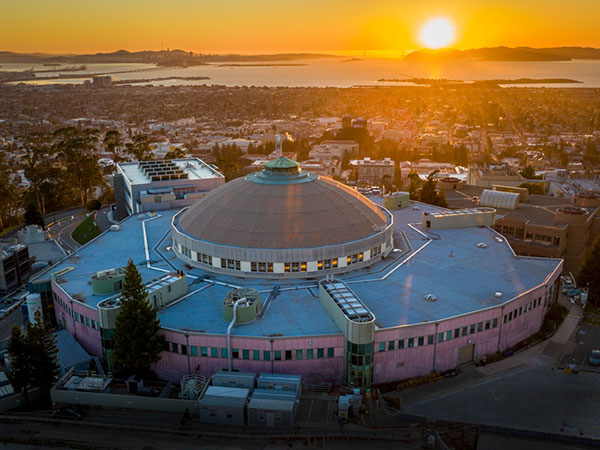
ORNL collaborates with other DOE national laboratories in California, including Lawrence Berkeley National Laboratory, SLAC National Accelerator Laboratory, Lawrence Livermore National Laboratory and a secondary Sandia National Laboratories location.
In 2021, researchers at Lawrence Berkeley National Laboratory published outcomes from their experiments with two elements supplied by ORNL, berkelium and einsteinium. Research on these elements, also known as actinides, helps scientists better understand actinide compounds. Actinide element research is critical to medicine, energy, and national defense.
Learn more about elements and isotope production at ORNL.
Berkeley Laboratory news release: “Do you Know the Way to Berkelium, Californium?”
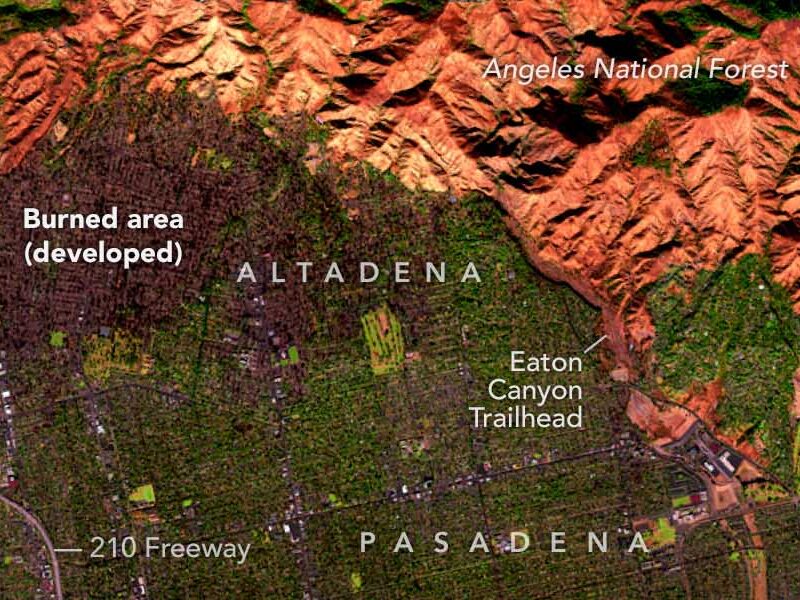
The ORNL Distributed Active Archive Center for Biogeochemical Dynamics, or ORNL DAAC, supported the generation of detailed maps of burned areas in Los Angeles County, California, to aid local assessment and recovery efforts. ORNL DAAC processes, documents, distributes, and archives terrestrial ecology data gathered by NASA instruments. The project supported the publication of environmental data captured by a NASA airborne spectrometer, including vegetation and soil conditions and other land features invisible to the human eye. The data indicate areas at risk for soil erosion and landslides after devastating January 2025 wildfires.
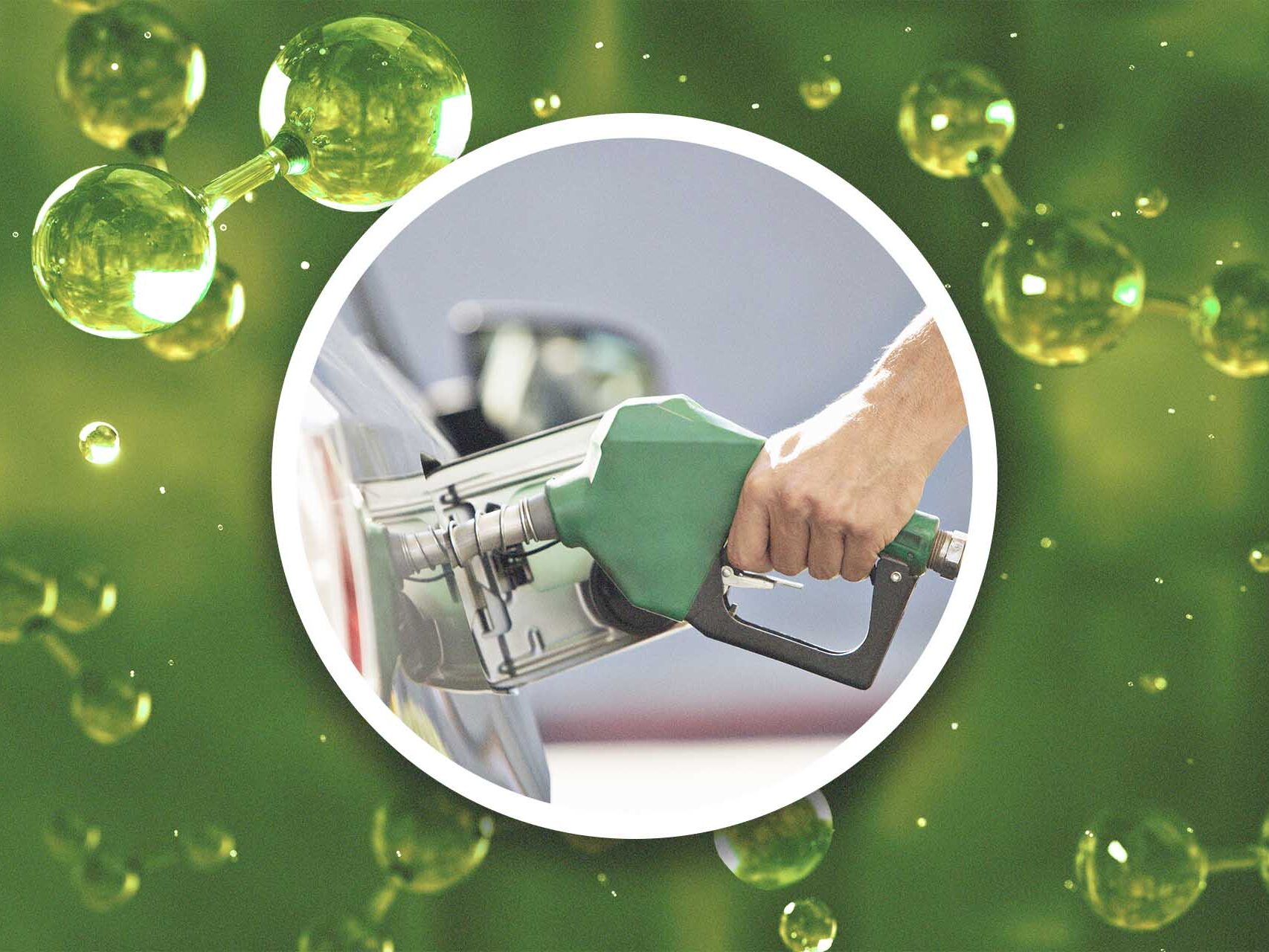
Vertimass LLC, based in Irvine, California, licensed and used ORNL catalyst technology to convert ethanol into jet fuel, diesel fuel, and gasoline blendstocks. The company has received federal approval to blend up to 20% of its low-cost Vertigas20 product with conventional gasoline for sale in the United States. The improved, more compatible qualities of Vertigas20 allow blending with gasoline at higher quantities than the current limit of 10%–15% when using conventional ethanol. Through collaborative agreements, ORNL scientists also helped Vertimass optimize, test, and analyze the technology for commercial use, supporting production of abundant, secure domestic energy.
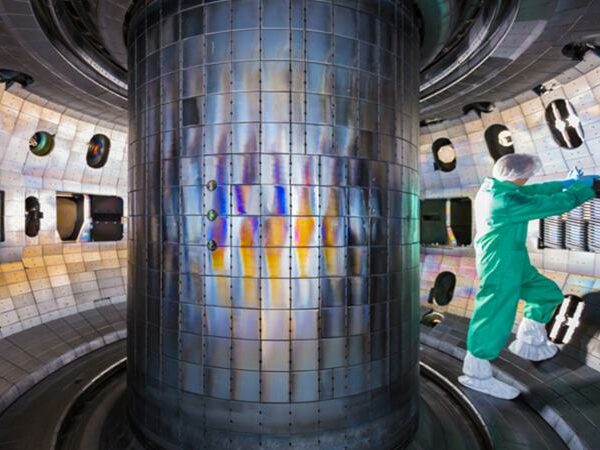
ORNL researchers experimented with tungsten isotopes at General Atomics’ DIII-D National Fusion Facility in San Diego to better understand how this element can be used to shield the inside of a fusion reactor. Fusion reactors reach temperatures hotter than the sun’s core, causing atoms to fuse and release energy. It was the first experiment of its kind conducted in a fusion device. Isotopes from ORNL made this research possible. The team also involved experts from Princeton Plasma Physics Laboratory, Lawrence Livermore National Laboratory, Sandia National Laboratories, Auburn University, the University of California San Diego, the University of Toronto, the University of Tennessee, Knoxville, and the University of Wisconsin-Madison.
Learn more about fusion research at ORNL.
ORNL news release: “Tungsten Isotope Helps Study How to Armor Future Fusion Reactors”
Listen to ORNL’s Sound of Science podcast episode “Fusion: Energy at the Extreme.”

Prometheus Fuels, a company based in Santa Cruz, California, is finding ways to replace oil and gas with net-zero carbon fuels made from carbon dioxide in the air. The company has licensed an ethanol-to-jet-fuel conversion process developed by ORNL that advances the cost-competitive production of jet fuel and co-production of butadiene gas for use in renewable polymers, which are used in everyday life. The company has also licensed an electrocatalyst material that enables water and carbon dioxide to be split and recombined to create hydrocarbons used for gasoline, diesel, and jet fuel.
Learn more about energy research and physical science at ORNL.
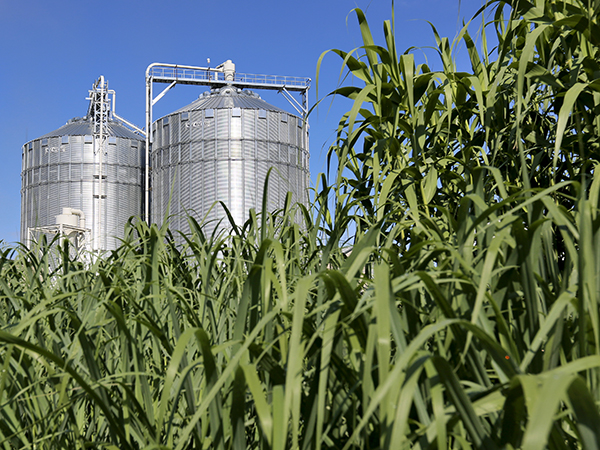
The Center for Bioenergy Innovation, a Department of Energy Bioenergy Research Center, focuses on engineering better plants and microbes to advance innovations for abundant, domestic, secure biofuels, chemicals, and materials. CBI comprises partners from national laboratories, industry, and academia, including University of California Davis and University of California San Diego.

ORNL is working with Southern California Edison to optimize and demonstrate new modeling techniques that offer a more accurate understanding of how grids will behave when they incorporate an increasing number of solar inverters. This technology is used for operating distributed energy generation, grid energy storage, electric vehicle charging, and loads such as data centers. ORNL researchers are optimizing electromagnetic transient (EMT) simulation methods to model grid events. They integrated ORNL-developed models and algorithms to accurately reproduce the effects of a fault on a large solar plant in Southern California Edison’s system. Accurate simulation enables utilities and electric system operators to plan for modernization. The project will use EMT simulations and artificial intelligence to enhance operating reliability and the speed of interconnecting resources.
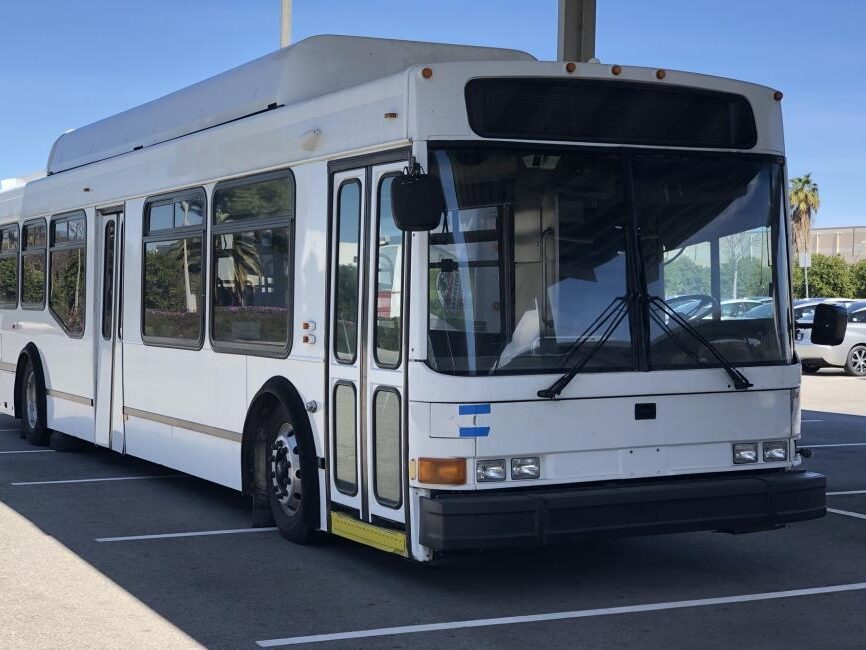
ORNL partnered with the University of California, Riverside, and US Hybrid Corporation to develop algorithm-based controls for hybrid electric buses, achieving up to 30% energy savings compared with energy use for existing systems. The Integrated Eco-Drive technology optimizes powertrain performance using machine learning and sensor data to determine the most energy-efficient driving speed. Designed for buses and delivery trucks on fixed routes, the system has been licensed by US Hybrid and supports DOE priorities in transportation efficiency. The approach can also be applied to light-duty vehicles and connected vehicle networks for broader energy savings. Learn more about energy research at ORNL.
For more information, contact [email protected].
